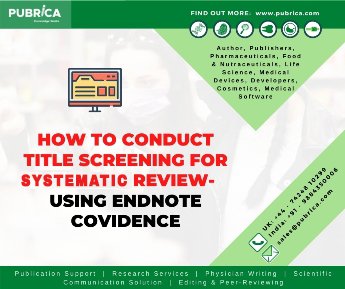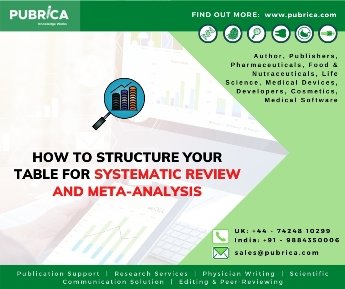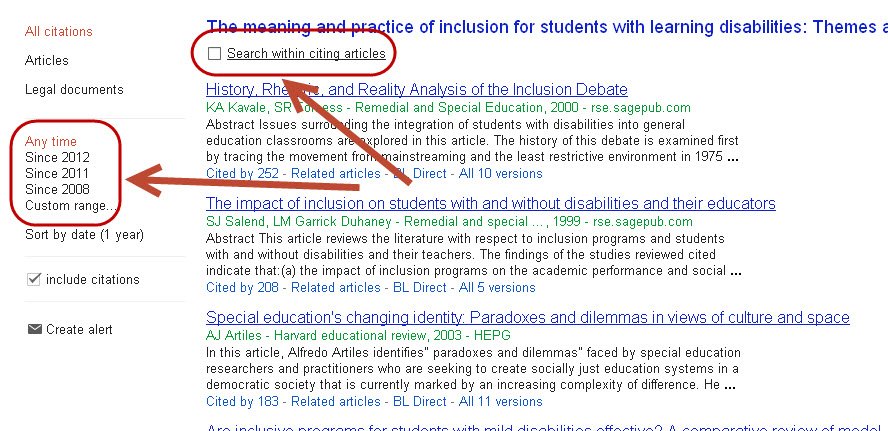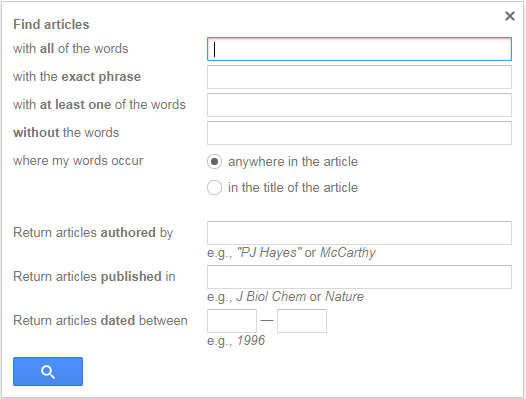
How to conduct title screening for systematic review- using Endnote Covidence
July 26, 2021
How to structure your Table for Systematic Review and Meta-analysis
August 2, 2021In brief
Google Scholar makes it easy to do a complete search for scholarly literature. You will browse papers, theses, books, abstracts, and court decisions from scholarly publishers, professional associations, internet libraries, universities, and other web pages, all from one location. Google Scholar will help you locate important studies from all over the field of academic publishing (1).
Introduction
The guide is proposed to assist you in doing data analysis that is not exclusive to conventional legal materials. Periodicals (magazines, journals, etc.) are a diverse source of scholarly and non-scholarly articles on a wide range of topics and particular subject areas and disciplines. This guide aims to help researchers find periodical materials online from the hundreds of e-resources available in all Library system.
Since there are so many diverse ways to do online periodicals study, the recommendations in this guide are by no means comprehensive. They are, however, designed to assist you in conducting your analysis and locating related materials as quickly and effectively as possible. Please keep in attention that not all papers are accessible through the internet. And if they have an electronic subscription to a newspaper or magazine, the article you want can be beyond the limits of the subscription’s coverage. Just the abstract will be available in electronic form in most ways. If your article’s full text isn’t accessible online, you may be able to get a print copy from one of the campus libraries (2).
Search tips for Google scholar:
- You can use much of the same search tools in Google Scholar as you can in Google.
- Google Scholar inserts AND between terms automatically:nurse retention of stress
- Use quotation marks on sentences or names, such as “social learning philosophy” and “On the Origin of Species.”
- Use the OR operator to find different terms, enclosing the terms in parentheses:(either “first” or “second” grade)(theory OR model)
- To build your search string, you can also use the advanced Google Scholar search. It can be not easy to build a complex Google Scholar search.
- Trying several Google Scholar searches and changing each Search’s keywords is a successful Google Scholar approach (3).
Learn more about Google Scholars advanced Search
- To find research articles and books that quote a particular post, click the Cited by source.
- The cited function is a perfect way to search more recent posts and follow a concept from its initiation to the present day.
- Begin by searching Google Scholar for a single object. At the lowest of the page, look for the Cited by connecting. It will show how many times the object has been referenced by others.

- To see a list of the objects that cite your original item, click the Cited by link. The number of Cited by results would be higher for older and more influential products.
- You will restrict the number of findings that are quoted. Check the box for Search within citing articles at the top of the Search and follow the prompts to limit the date range, or check the box for Search within citing articles at the top of the examine and follow the prompts to search for keywords within the results..

There are eight different ways to search in the Advanced Scholar Search menu, divided into three parts. It would help if you combined these various search tools as you see fit.

- All / Exact Phrase / At Least One / Without Allows you to choose the search terms to use.
- All of the words entered into the first search bar must appear in your result. It is how a Google Scholar search works in general.
- As you enter words into the second search bar, they will be searched as an exact expression. Not only must all of those words appear in each result, but they must appear in the similar order in which you wrote them.
- You can also do this by inserting the words in quotes in the standard search bar. “Myocardial infarction,” for example.
If you type words into the third search bar, Google Scholar can return any results that contain at least one of them. It is a useful way to use synonyms or similar concepts in the Search (4).
- You can also do this by adding “OR” between the search terms in the standard search bar. For instance, consider Missouri politics or government.
If you type words into the fourth search bar, Google Scholar will show you links that don’t have certain words. If your results are cluttered with items that aren’t important to your Search, this may be helpful.
- You can also do this by entering a minus sign (-) before a word in the standard search bar. Shakespeare’s disasters, for one.
Controls that Google Scholar can scan for the search terms and Where My Words Occur.
- Choosing “anywhere in the post” would certainly yield more options so that the search engine will check for the keywords in more locations. It is Google Scholar’s default setting.
- Choosing “in the title of the article” can increase the validity of the findings because if your keyword appears in the title, it is more likely to be relevant to the article’s content.
Authored by/Published in/ Dated Between
The first search bar allows you to look at results written by a certain author.
- You can also do this by typing “author:” before the author’s name in the standard search bar. Author: Crenshaw, for example, is an expert on intersectionality.
The second search bar allows you to look at articles in a certain academic article. Google Scholar recognizes many different ways of abbreviating journal titles.
You will use the last search method to look at results from several research publishing dates.
- You should change this on the results tab as well (5).
Conclusion:
Google Scholar is a little-known good source. It’s an extremely valuable tool for university research programmers. However, its utility extends beyond that. It’s an excellent resource for researching a wide range of subjects. Best of all, you will use the method to simplify many areas of research writing and analysis greatly. Despite these advantages, Google does not access to the Scholar tool from its web page. Instead, you must manually check for it by entering https://scholar.google.com into your browser’s address bar (6). The tips in this article will greatly enhance your ability to use Google Scholar effectively.
References:
- Butt, Nadeem Shafique, Ahmad Azam Malik, and Muhammad QaiserShahbaz. “Bibliometric Analysis of Statistics Journals Indexed in Web of Science Under Emerging Source Citation Index.” SAGE Open 11.1 (2021): 2158244020988870.
- Koondhar, Mansoor Ahmed, et al. “A visualization review analysis of the last two decades for environmental Kuznets curve “EKC” based on co-citation analysis theory and pathfinder network scaling algorithms.” Environmental Science and Pollution Research 28.13 (2021): 16690-16706.
- Szomszor, Martin, David A. Pendlebury, and Jonathan Adams. “How much is too much? The difference between research influence and self-citation excess.” Scientometrics 123.2 (2020): 1119-1147.
- Bornmann, Lutz, K. Brad Wray, and Robin Haunschild. “Citation concept analysis (CCA): a new form of citation analysis revealing the usefulness of concepts for other researchers illustrated by exemplary case studies including classic books by Thomas S. Kuhn and Karl R. Popper.” Scientometrics 122.2 (2020): 1051-1074.
- Polonioli, Andrea. “In search of better science: on the epistemic costs of systematic reviews and the need for a pluralistic stance to literature search.” Scientometrics 122.2 (2020): 1267-1274.
- Nogueira, Rodrigo, et al. “Navigation-based candidate expansion and pretrained language models for citation recommendation.” Scientometrics 125.3 (2020): 3001-3016.
